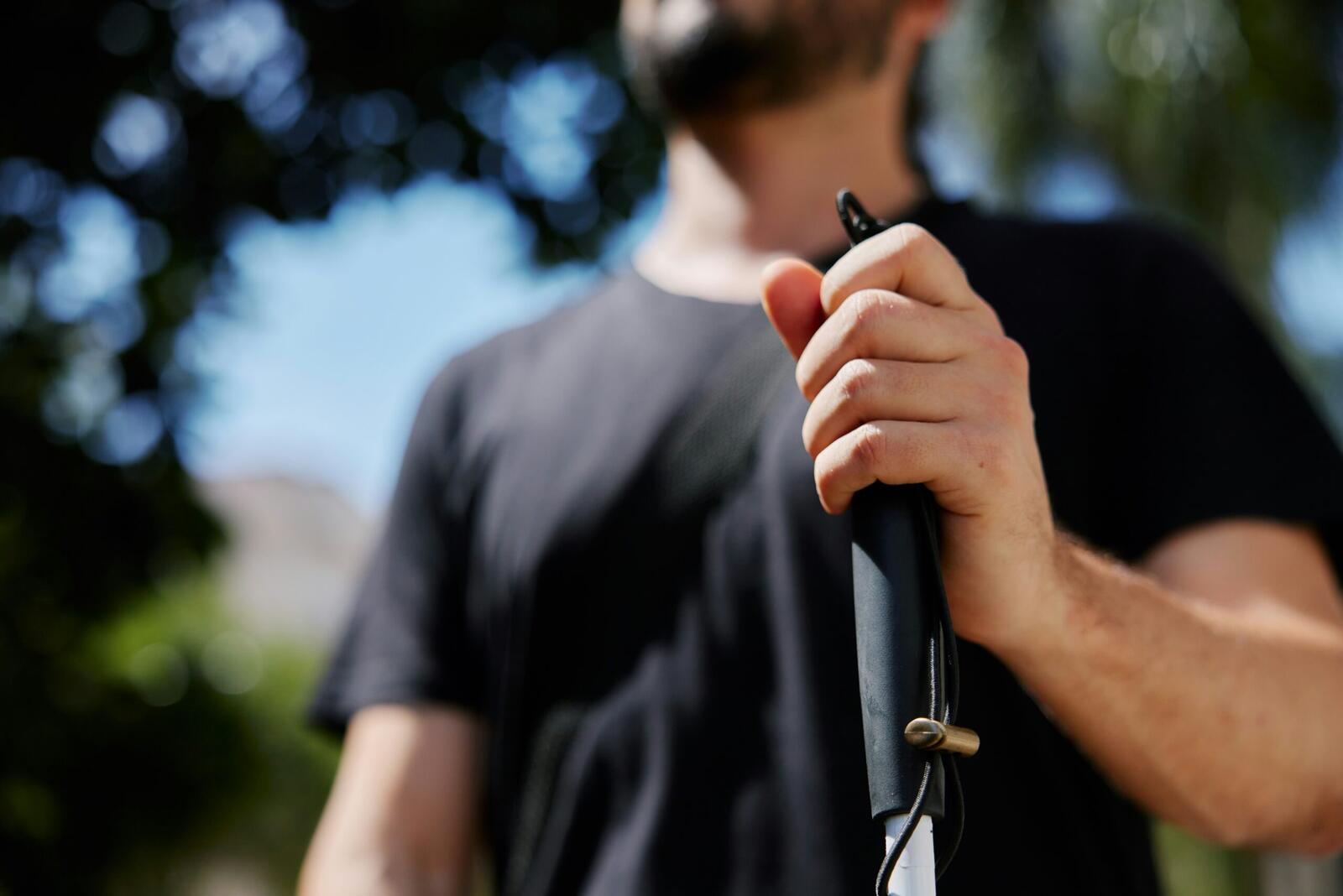Artificial intelligence makes it easier for people who are visually impaired to complete their everyday tasks. The app Be My Eyes is a good example that lets users take photos of their surroundings and receive detailed descriptions. This has helped people identify objects, read product labels, and understand unfamiliar spaces better.
Dr. Ron Peterson had lost most of his sight due to glaucoma and he confirms that AI tools have helped him be able to still do things independently. At first he was overwhelmed after losing his vision, until he turned to technology like screen readers and AI-powered apps. Peterson now teaches others at the Braille Institute how to use these tools so that they are helpful and useful to others too, because he believes these tools are an important part of adapting to vision loss.
Other devices, like screen readers, are also used to convert text into speech, so users can interact with computers and smartphones.
How Does AI Help Locate Lost Items?
Finding personal items can be a bit of a hassle for people with visual impairments. Microsoft’s Find My Things tool, part of the Seeing AI app, helps with this. Users can train the tool to recognise specific objects, such as keys or wallets, by recording short videos of the items from different angles.
Once the system learns an object, it can guide the user to the item using sound, vibration, or visual cues. This has made it possible for people to locate misplaced objects in settings like cluttered rooms or public spaces.
Karolina Pakėnaitė, who tested the tool, shared how it has simplified her routines. Losing small belongings like her house keys used to be frustrating and time-consuming. Now, with Find My Things, she can quickly locate items without needing help from others.
More from News
- A Levels: Advice From Top Entrepreneurs To Students Getting Results
- Time Is Money: How Are Business Owners Spending In 2025?
- How Will Federal Agencies Use ChatGPT Enterprise?
- Lycamobile Expansion In Italian Market Highlights Recent Retail Partnerships
- How Much Water Do Data Centres Actually Use?
- What Is Agentic AI?
- Did Sam Altman Remove ChatGPT 4o?
- Nearly Half Of Corporate Passwords Cracked In 2025 Cybersecurity Tests
How Is AI Improving Travel Experiences For Visually Impaired Guests?
Travel has also become more convenient for visually impaired people, thanks to advancements in tech. Hilton has collaborated with Be My Eyes to assist visually impaired guests during their hotel stays. Through the app, users can connect with Hilton agents trained to assist with tasks such as adjusting room settings or finding hotel amenities.
These services work alongside digital tools, such as smartphone check-ins and room keys, to make hotel stays more accessible. Guests can receive real-time assistance for when they use facilities, understanding in-room equipment, or locating specific areas like meeting rooms or restaurants.
How Are Visually Impaired People Influencing AI Tools?
The visually impaired are also a huge help when it comes to improving AI tools. For example, Microsoft worked with a group of visually impaired young people to refine Find My Things. These participants shared their insights and experiences, helping developers make the app more practical and useful.
Their feedback led to improvements like vibration cues for public use and flexible ways to train the app for different items. Developers also adapted the tool to accommodate different phone-holding methods, to make sure it could work for people with different habits.



